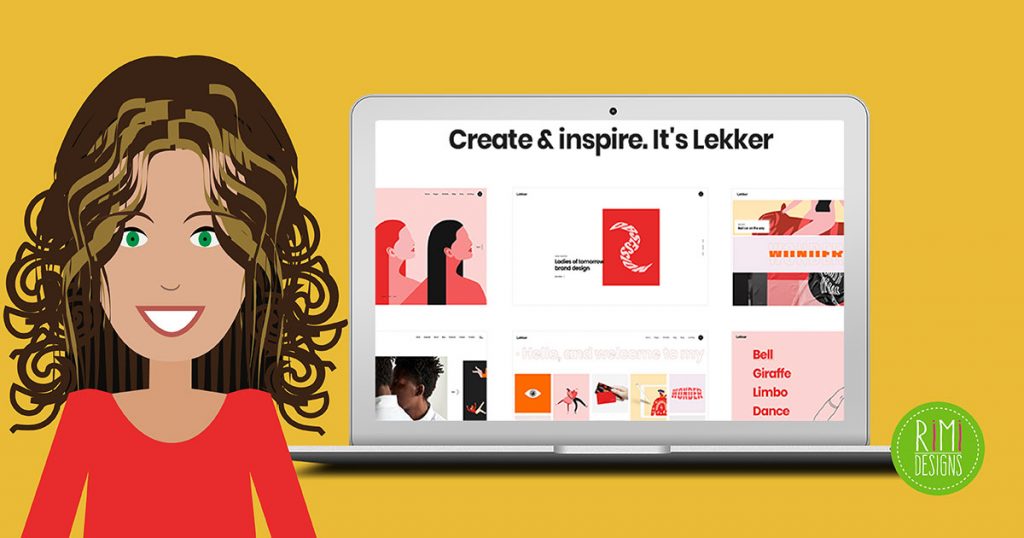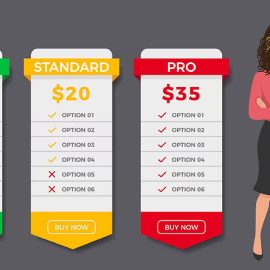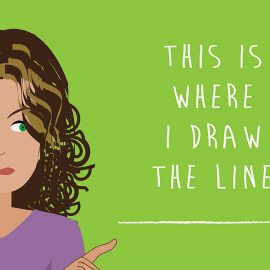
How to Showcase Your Online Portfolio
How do you show prospective design clients what you can do? The best way is to show them what you’ve already done. Direct them to your online portfolio.
If you’re a new freelance web or graphic designer, creating an online portfolio is one of the very first things that you need to do. As soon as you complete a project that you can be proud of, you can start to build your portfolio.
If you’re an experienced freelance designer, hopefully you already have a portfolio. However, don’t make the mistake that many experienced freelancers make and let your portfolio sit untouched for months, or even years. Your portfolio should be a changing online document that always highlights your very best work.
While looking at the portfolios of other designers can certainly give you some good ideas, it’s also helpful to have a checklist of elements you should include on your own portfolio.
Here are 7 vital elements that every good web and graphic design portfolio should include.
1. Your very best work
You may think this is obvious, but if you haven’t updated your portfolio in a while, the work that you display may no longer be your best work. Your skills have likely improved with your growing experience. Also, technology changes. What was once stunning, may no longer be impressive.
Don’t let your portfolio get stale. Make a point to review it every few months. Whenever you complete a major project, ask yourself whether the work you just finished should be included in your portfolio.
2. Challenges you’ve overcome
Did you just recently learn a new skill? Maybe you just solved a client’s major problem with your web design? These achievements can certainly become selling points for your freelance business, but only if prospective clients know about them. The only way they can know about your successes is if you show them.
So when you update your portfolio, remember to including challenging samples and samples of any new skills you have mastered.
3. Explanatory text
Your portfolio may indeed be visually stunning, but you can’t assume that your prospects will understand the significance of what they are seeing.
Adding some explanatory text with your design samples can help. Explanatory text helps your prospects to understand the back story behind your portfolio samples.
Explaining why each sample is important also gives you a chance to market your abilities.
4. Your contact information
In an ideal world, potential clients would always access your portfolio through your website or blog. Since your website contains your contact information, they would always know how to contact you. However, on the internet you can’t take this for granted.
While your main website should definitely link to your portfolio, you also have to assume that some potential clients will wind up on your portfolio pages without ever visiting your main website. There are many ways this could happen. A blogger could link directly to your portfolio. A client could refer another business to you and send that business a link directly to your portfolio, instead of your website.
Whatever the case, every portfolio page should have a way for prospective clients to contact you. Including your social media contact information is also a plus.
5. Your logo
If you’ve branded your freelance business, your logo is a critical part of that brand. It only makes sense to have your logo on every page of your portfolio, along with your contact information.
However, the main focus of your portfolio is your work. While your logo needs to be there, it shouldn’t take centre stage.
6. Awards received and/or education
Your portfolio should include your most marketable recent accomplishments. Naturally, that means your best design work. What many designers fail to include, however, are awards they’ve received or relevant courses they’ve recently taken. Yet, a list of your accomplishments could mean the difference between hiring you and hiring your competitor.
You can list your accomplishments directly on your portfolio site. For longer lists of accomplishments or for less recent accomplishments, you may want to create a separate page for the list and link to that.
7. A brief bio
People like to know who they are dealing with, and your clients are no exception. That’s why including a brief bio with your portfolio can help market your design business.
The bio you share with your portfolio shouldn’t be your complete, unabridged life story. In fact, it doesn’t need to be very long at all. Just write a few sentences explaining who you are and what makes your designs unique.
SOURCE: Vandelay Design



